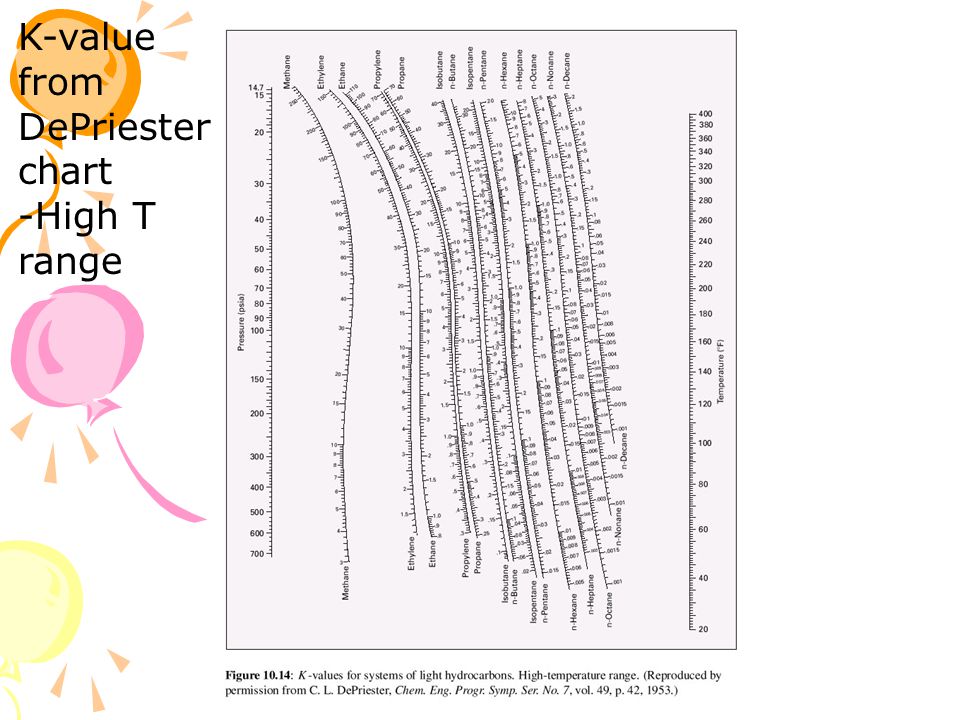

(For more details about the hydrate EOS, however, see Chap. For this reason and because of readily available commercial programs, engineers usually elect to use those rather than construct another program. The hydrate flash program usually is so complex as to require two or more man-years of single-minded effort to construct a robust version of the program. A clear, prescriptive method for constructing the hydrate flash program has recently been published. The basis for both program types is a hydrate equation of state (EOS). State-of-the-art programs are transitioning to the flash/Gibbs free-energy type. Of these two program types, the flash/Gibbs type is gaining pre-eminence because its predictions are available in the phase diagram interior (where many systems operate), whereas the incipient type provides the pressure/temperature (P/T) points of hydrate initiation. Those which predict all phases and amounts at higher pressures and lower temperatures than the incipient hydrate formation point (flash programs, or Gibbs energy minimization programs).Those which enable the prediction of the pressure and temperature at which hydrates begin to form (incipient hydrate formation programs).The most accurate predictions of hydrate formation conditions are made using commercial phase equilibria computer programs. 2.3 Hydrate formation on expansion across a valve or restriction.

2.2 Estimating the total amount of MeOH or MEG to inject to inhibit hydrates.2 Which hydrate conditions are calculable by hand?.


 0 kommentar(er)
0 kommentar(er)
